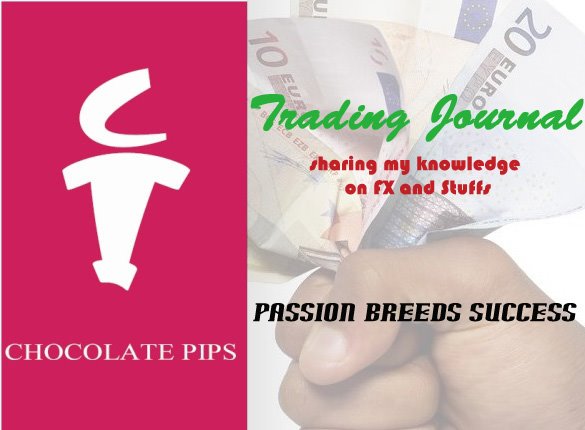While world stock markets flirt with meltdown, George Handjinicolaou is happy with one part of his portfolio. It’s not, as you might guess, Lehman Brothers or AIG. Instead, the London-based financial services executive ponders fine wines such as ’99 Haut-Brion and 2000 Mouton-Rothschild. The vintages are housed with 300 other valuable cases in a climate-controlled warehouse, getting tastier – and pricier – by the day.
What began as a hobby, after Mr Handjinicolaou toured the chateaux of Bordeaux in the late 1980s, has developed into a serious investment, representing almost 10 per cent of his portfolio. And a top-performing one at that. When he sold his initial collection in the mid-1990s, he had quadrupled his investment in eight years. “It’s a dollar hedge, it’s an inflation hedge, and it has a low correlation with other assets,” says Mr. Handjinicolaou, 55. “Even better, it’s something I enjoy investing in. Sometimes, I’ll even let myself drink a bottle.”
Will Beck, a partner with a London-based investment firm, says: “More and more money is chasing a finite asset with a fixed supply. It is a non-correlated opportunity in an investment world where that is becoming increasingly attractive. Most markets have proved to be pretty volatile, while fine wine is very resilient.”
As the Dow Jones Industrial Index has proved as reliable as a roulette wheel over the past two years, Mr Beck’s wine investment portfolio is up 46 per cent since inception in autumn 2006. Year-to-date, it is up 4 per cent. The Liv-Ex Fine Wine Index, a benchmark set up by the London International Vintners Exchange that tracks the secondary market for 100 top wines returned 42.2 per cent last year. For the first half of the year, however, it was up 9 per cent.
Mr Beck notes that, over time, fine wines as an asset class return about 15 per cent a year, besting stocks, bonds and real estate. In recessionary times, such as the 1970s, fine wine has outperformed other asset classes, as a kind of financial bomb shelter to which shaken investors retreat.
People are looking for something to invest in, anything other than Wall Street, the financial world is melting down, but it has not been affecting the high-end wine market (focused almost exclusively on first-growth Bordeaux, from the most widely known brands and the best possible vintages).
One of the macro factors on which such wine investment portfolios are capitalizing is burgeoning Chinese, Indian and Russian money, as those countries’ financial elites acquire a taste for fine wine. Also, there is the fact that the funds’ underlying asset, unlike stock certificates, is usually poured down people’s throats. Every time a Moscow oligarch uncorks a ’61 Haut-Brion, he’s restricting global supply.
But as with many investments, it is often a question of access. Products of the great chateaux are parcelled out stingily, often to professional wine brokers with long-standing relationships. While individual investors have little clout, professional wine brokers offer the proper connections to obtain the stuff in the first place. And when it comes time to sell, it is the professionals who are usually able to find buyers at the right price.
As this downturn has worsened, traditional “alternative” assets such as commodities and real estate have been sinking together with the Dow.
Even banked savings don’t seem so safe, as federal bailouts grow and FDIC funds dwindle. This leaves investors with not too many places to keep their money, other than their mattress – and, perhaps, a particularly great case of Mouton Rothschild.
“As every year goes by, the quantity of a wine gets less and less and the quality gets better and better,” says Mr Handjinicolaou, whose only regret is selling his stash of ’89 Haut-Brion that has since become a “legendary” wine, commanding $20,000 a case. “As an investment, it’s a no-brainer.”
